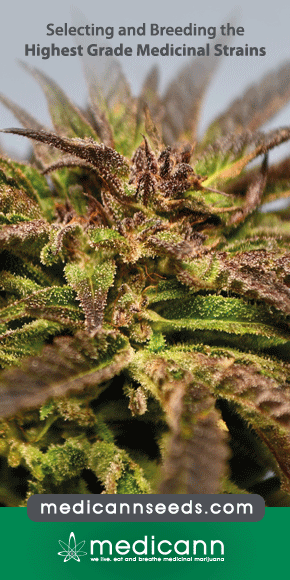2020 could be a defining year for the cannabis industry
There’s a well-worn saying in the cannabis business that the emerging industry is so fast-moving that it lives in dog years. 2020 is barely a week old, and cannabis is already making headlines after Illinois kicked off the new year with recreational sales. Other states are inching closer to legalization this year — with several mulling how best to ensure social equity. Also in 2020, there’s the FDA could chill the CBD craze, and a move from Congress could change the game entirely.






